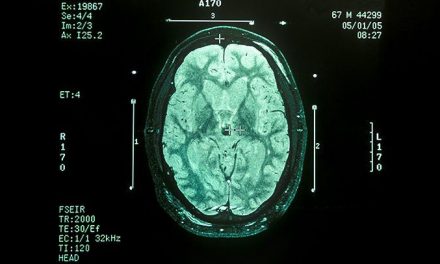After the shocking news of one person cured of HIV many years ago, another patient was more recently declared cured of HIV after undergoing bone marrow transplantation.
The initial person alleviated of HIV was Timothy Brown, a US citizen previously dubbed as “the Berlin patient.” In 2007, Brown underwent bone marrow transplantation as a treatment for his life-threatening leukemia. The second person living in the UK received the treatment for his Hodgkin’s lymphoma.
Jeffrey Milush, the leader of the UCSF Core Immunology Laboratory, voiced his awe for the additional subject. It must be noted that Milush was not part of the recent research. On the other hand, the scientists responsible for the case keep watchful eyes and calculate the matter discreetly.
The scientists said that the period of 18 months after the treatment is too early to label the patient as cured. However, they have their hopes up that the research accomplished the task.
For the two patients, stem cell therapy was an avenue for treating the life-threatening forms of cancer. The oncologists ordered for bone marrow transplantation.
The donors of the bone marrow had a genetic alteration in CCR5, a protein involved in HIV infection. The mutation allowed some protection against major HIV strains with CCR5 utilization.
Patient Brown need to have an adjunct therapy of drugs to avoid the CXCR4-using HIV strains.
Implications on the Outlook of HIV/AIDS Treatment
HIV is an emerging public health concern as more than 38,000 Americans were recognized with HIV in 2018. In 2016, this disease caused 6,160 mortalities in the US.
The two HIV patients received stem cell therapy. This therapy involved the collection of blood marrow. The donor must be compatible with the patients. The collected blood marrow is rejuvenated after clearing the patient’s immune system. Along with these steps, the patient has to take immunosuppressive drugs to avoid the rejection of the donor’s tissue.
The procedure for bone marrow transplants may be catastrophic if not done correctly. It is also an invasive and expensive therapy. This potentially hazardous therapy is not part of the plan of public health experts to terminate HIV in the US by 2030.
Stem cell therapy is out of the question for millions of people living with HIV. Treatment for HIV should focus on a modality that can reach the mass population. This stem cell therapy would not cater to the broadest group of patients. This is an obvious downside of stem cell therapy.
For now, the most effective modality of treating people living with HIV in the US is the use of antiretroviral drugs. This treatment modality prevents the virus from replicating at a fast pace and propagating to other people by sexual intercourse, pregnancy, and needle-sharing.
Antiretroviral therapy leads to an undetectable viral load. This status means the patient would not transmit HIV to other people, as reported by Brett Giroir, the assistant secretary for health at the Department of Health and Human Services.
The loophole of this therapy is that it does not entirely erase the infection from the person. No matter how suitable the antiretroviral drug combinations are, HIV causes severe complications later in life if not managed enough. The complications often lead to the demise of patients.
Ravindra Gupta, the study’s lead author, mentioned that it is crucial to determine if gene therapy could eradicate the CCR5 receptor in people with HIV. This new case of “cured” HIV is a step forward other researches that focus on less hazardous and risky treatment modalities. Other emerging and encouraging results come from Crispr gene-editing studies, vaccine researches, and various modes of genetic modifications.















